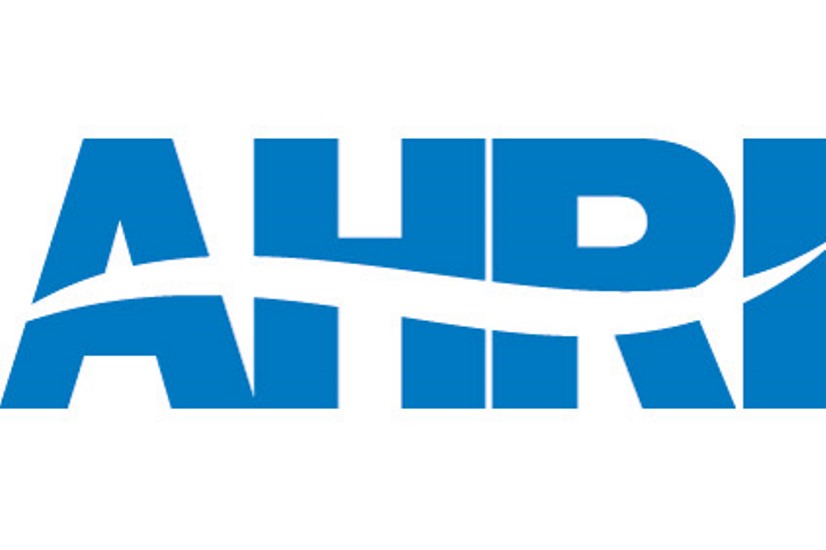Features
CRU Aluminum: The LME Rollercoaster
Written by Stephen Williamson
August 11, 2023
The LME aluminum 3-month price began the week moving higher to over $2,200 per metric ton but turned sharply lower on Friday and was last traded near $2,185 per metric ton. This week’s volatility indicates that the support at $2,200 per metric ton is tentative at best and could signal a quick slide as physical demand is absent from the market.
Meanwhile in China, the SHFE aluminum prices have also made noticeable gains in mid-month trading, showing that the technical support is way above RMB18,000 per metric ton. The cash contract settled at RMB18,540 per metric ton and last traded at RMB18,485 per metric ton as China looks to bolster its economic forecast.
The US Midwest transaction premium remains lackluster and adequately represents underlying demand for semis settling between $0.21-0.215 per pound. June’s shipment results for flat-rolled products and extrusions failed to sustain any growth that showed a flicker of demand recovery in April and into May for North American producers. Despite higher mid-summer fuel prices, the premium did not move up on costs but rather sagged further as demand for metal is weak for the second half of the year.
CRU’s ongoing dialogue with producers and consumers confirms that with lead times very nearby, and absent any upside price risk, buyers remain very cautious not to overextend inventories and working capital. Lead times are now just moving into September. This hand-to-mouth purchasing pattern will remain in place with eyes turned already towards year-end accounting objectives.
Given these indications, the 2024 commercial agreement season is not yet underway. Much different from the 2021 and 2022 contract season which began early and in earnest as metal was on allocation, short lead times and uncertain demand scenarios will push contract discussions into the fourth quarter. In the stronger market segments of automotive and aerospace, deals, most multi-year agreements, are likely already inked for 2024 leaving the common alloy end-use segments and extrusion programs to be decided.
Rusal’s Profit Plunges
Russian aluminum producer Rusal posted net income of US$420 million (€383 million) in the first half of the year, three-quarters of the $1.68 billion that was earned in the year-ago period.
“Increasing pressure in the global market and an unprecedented regime of external restrictions, as well as a significant drop in aluminum prices, had a negative impact on the company’s interim results,” Rusal said.
“At this conjuncture, the company’s key priorities will be the continuation of its work to strengthen independence in raw materials, restructuring of export sales, and implementation of its investment program which is based on the fundamental principles of sustainable development and social responsibility … and aimed at ensuring the company’s continuous operation and further development,” it added.
Though shipments of aluminum and alloys increased 9.8% year-on-year to 1.935 million metric tons, the gain was more than offset by a 25.7% decrease in the average realized aluminum price to $2,501 per metric ton from $3,365 per metric ton. As a result, turnover declined 16.9% to $5.94 billion. The cost of sales rose 9.6% to $5.22 billion due to an increase in alumina purchases as the company’s alumina self-sufficiency significantly decreased from Q2 last year, and higher electricity and transport costs because of what the company described as tariff growth.
Though not directly sanctioned by Western countries, Rusal has suffered indirect consequences from Russia’s invasion of Ukraine by having to change supply chains. The application of Section 232 and 200% tariffs have contributed to a restricted set of market opportunities. Rusal’s profile has changed with Asia accounting for 33% of shipments in H1, up from 23% in the year-ago period, and the CIS also 33% versus 29%. Deliveries to Europe fell to 31% from 40%, and the US to 2% of the total from 7%. Rusal’s output was up 1.2% YoY based on Taishet ramp-up last year, but flat half over half, which indicates either the ramp-up has paused or there is a production issue elsewhere.
Flat-Rolled Product Imports Plateau Aligns with Section 232
The intended effects of Section 232 Tariffs are most obvious when looking at the aluminum flat-rolled products market. This is one area of the market where there is both ample protection and an exclusion process that helps downstream domestic producers fill their metal needs. While the effectiveness of the exclusion process is still debated hotly between domestic producers and consumers, overall, there was a noticeable direct effect.
Immediately after enaction, imports of flat-rolled product dropped significantly. Even during high growth periods such as 2021-2022, import volumes have not matched the previous peaks. There is also a larger share of imports coming in from domestic producers’ overseas operations, such as Novelis in Korea or between Tri-Arrows and their counterparts in Japan and Thailand, UACJ and UATH, respectively.
The most emphatic sign of the positive effects of the 232 are the new rolling investments. While the three new greenfield investments (the first of their kind in over 40 years) were driven by the growing demand/supply imbalance in North America, the new mills will have to earn market share away from current relationships with overseas producers.
Stephen Williamson
Read more from Stephen WilliamsonLatest in Features

Price: Reciprocal tariff changes and potential new tariffs for Brazil, Canada, others
Trade issues do not seem poised to leave the headlines anytime soon. And as recent developments show, the administration’s tariff policy remains ever-changing.

SMU Scrap Survey: Sentiment Indices rise
Both current and future scrap sentiment jumped this month, though survey participants reported responses before key trade news was announced.

HVAC equipment shipments bounce back in May
Heating and cooling equipment shipments grew from April to May, according to the latest data released by the Air-Conditioning, Heating, and Refrigeration Institute (AHRI).

US drilling activity falls further, climbs in Canada
US oil and gas drilling activity continued to decline for the 11th consecutive week, while Canadian counts climbed for the sixth week in a row, according to the latest data from Baker Hughes.

SMU Survey: Sentiment splits, buyers have better view of future than the present
SMU’s Steel Buyers’ Sentiment Indices moved in opposite directions this week. After rebounding from a near five-year low in late June, Current Sentiment slipped again. At the same time, Future Sentiment climbed to a four-month high. Both indices continue to show optimism among buyers about their company’s chances for success, but suggest there is less confidence in that optimism than earlier in the year.
